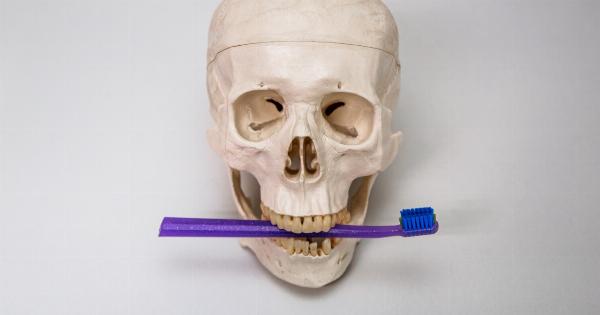Vascular stroke is a medical condition that occurs when there is a disturbance in blood flow to the brain.
This disturbance may be in the form of a blockage (ischemic stroke) or a burst blood vessel (hemorrhagic stroke), both of which can lead to serious medical consequences including brain damage, disability, and death. In this article, we will explore the causes of vascular stroke, the symptoms associated with this condition, and what can be done to prevent it.
1. High Blood Pressure
High blood pressure, also known as hypertension, is a leading cause of vascular stroke. When blood pressure is consistently high, it can weaken and damage the blood vessels in the brain, leading to an increased risk of stroke.
People with high blood pressure are advised to monitor their blood pressure regularly and take medications as prescribed by their healthcare provider to manage their condition.
2. Cardiovascular Disease
Cardiovascular disease is another common cause of vascular stroke. This condition arises when there is a buildup of cholesterol and other fatty materials on the walls of blood vessels, causing them to narrow and become blocked.
This can result in insufficient blood flow to the brain and increase the likelihood of stroke. Preventative measures can include maintaining a healthy diet and exercise routine, quitting smoking, and taking medications as prescribed by a healthcare provider.
3. Diabetes
Diabetes can significantly contribute to an increased risk of vascular stroke. High blood sugar levels associated with diabetes can damage blood vessels throughout the body, including those in the brain.
People with diabetes are encouraged to manage their blood sugar levels through medication and lifestyle changes, and to monitor their blood sugar levels regularly.
4. Smoking
Smoking is a leading cause of vascular stroke and other cardiovascular diseases. Nicotine in cigarettes can restrict blood flow to the brain, increase blood pressure, and damage the lining of blood vessels.
Quitting smoking is crucial in reducing the risk of stroke and improving overall health.
5. Obesity
Obesity is linked to an increased risk of vascular stroke. Being overweight or obese can lead to a variety of health problems, such as high blood pressure and diabetes, which are both risk factors for stroke.
Maintaining a healthy weight through regular exercise and a balanced diet can help reduce the risk of vascular stroke.
6. Age
The risk of vascular stroke increases with age. As people get older, the blood vessels in their brain can become weaker and narrower, making them more susceptible to a stroke.
Regular medical checkups and screenings for stroke risk factors can help identify and address early warning signs in older adults.
7. Family History
Having a family history of vascular stroke can also increase the risk of this condition. Genetic factors may play a role in the structure and function of blood vessels in the brain, making some individuals more susceptible to stroke.
People with a family history of stroke should be proactive in managing their stroke risk factors and regularly monitor their blood pressure and general health.
8. Lifestyle Factors
Unhealthy lifestyle factors, such as lack of exercise, can contribute to an increased risk of vascular stroke. Regular physical activity, a healthy diet, and limited alcohol consumption can all help reduce the likelihood of stroke.
Getting adequate rest and managing stress can also help maintain overall health.
9. Previous Strokes or Transient Ischemic Attacks
People who have had a stroke or transient ischemic attack (TIA), sometimes referred to as a “mini-stroke,” are more likely to experience another stroke in the future.
It is important for individuals who have experienced a stroke or TIA to work with their healthcare provider to manage their stroke risk factors and make lifestyle changes that can reduce the risk of future strokes.
10. Other Medical Conditions
Other medical conditions, such as heart disease and atrial fibrillation, can also increase the risk of vascular stroke.
People with these conditions should work closely with their healthcare provider to manage their condition and reduce their risk of stroke.
Conclusion
Vascular stroke is a serious medical condition that requires prompt medical attention. Understanding the causes of stroke, as well as the risk factors and warning signs associated with this condition, is essential for early diagnosis and treatment.
By taking steps to reduce risk factors for stroke, such as maintaining a healthy lifestyle and managing chronic medical conditions, individuals can improve their overall health and reduce their risk of vascular stroke.





























